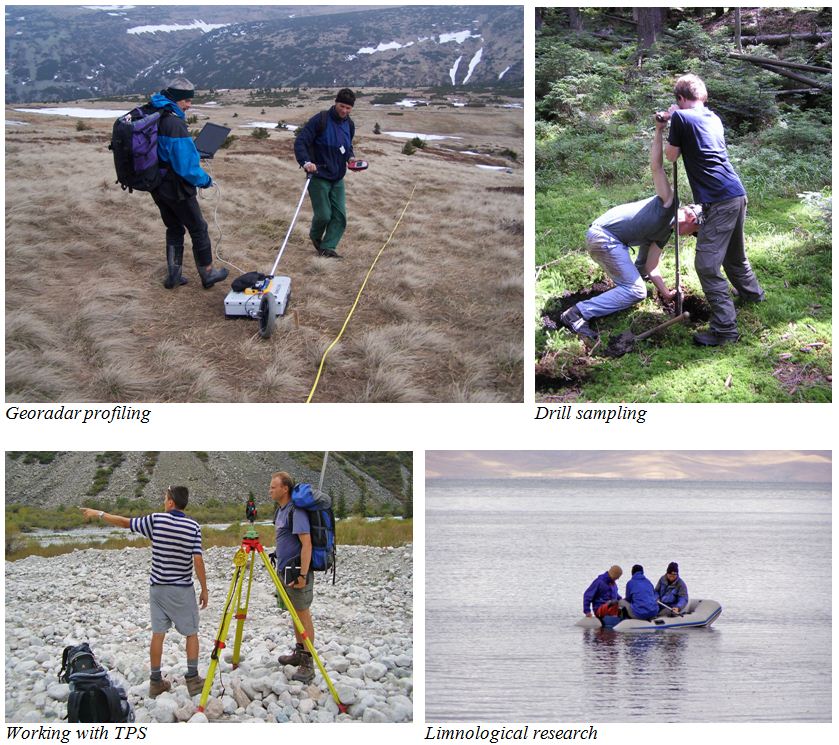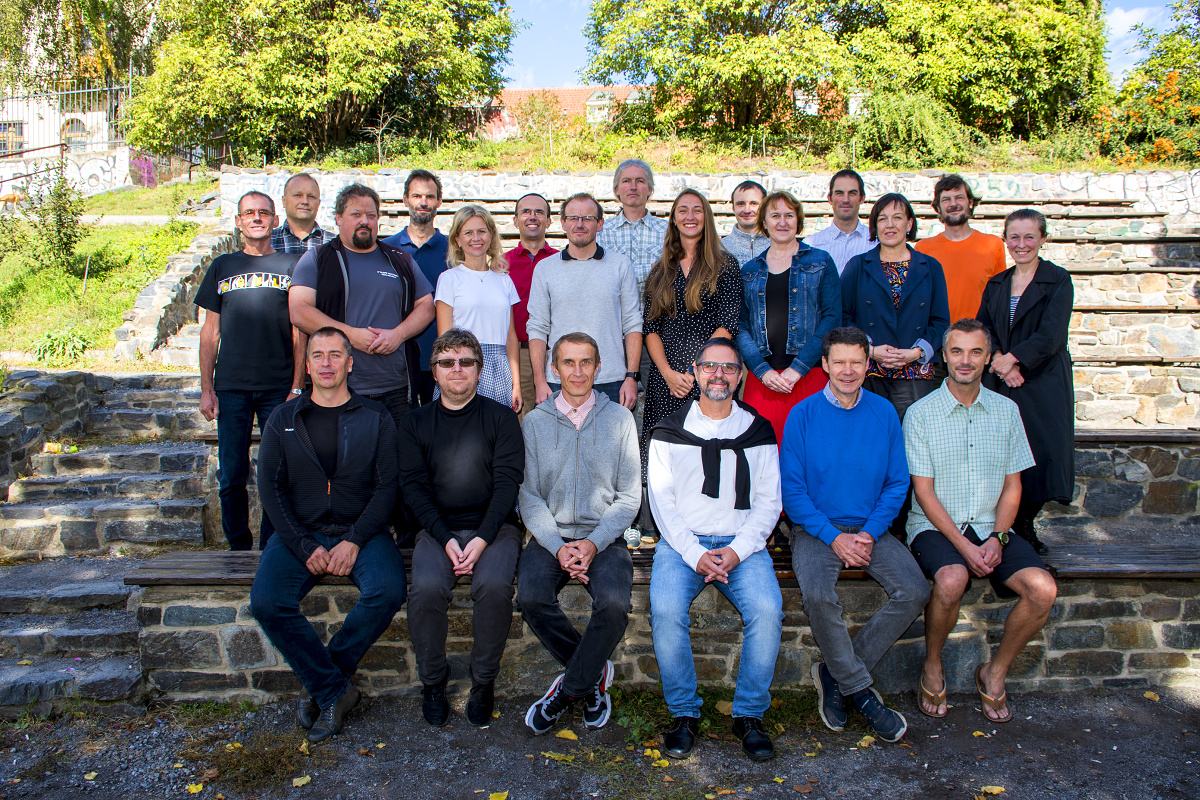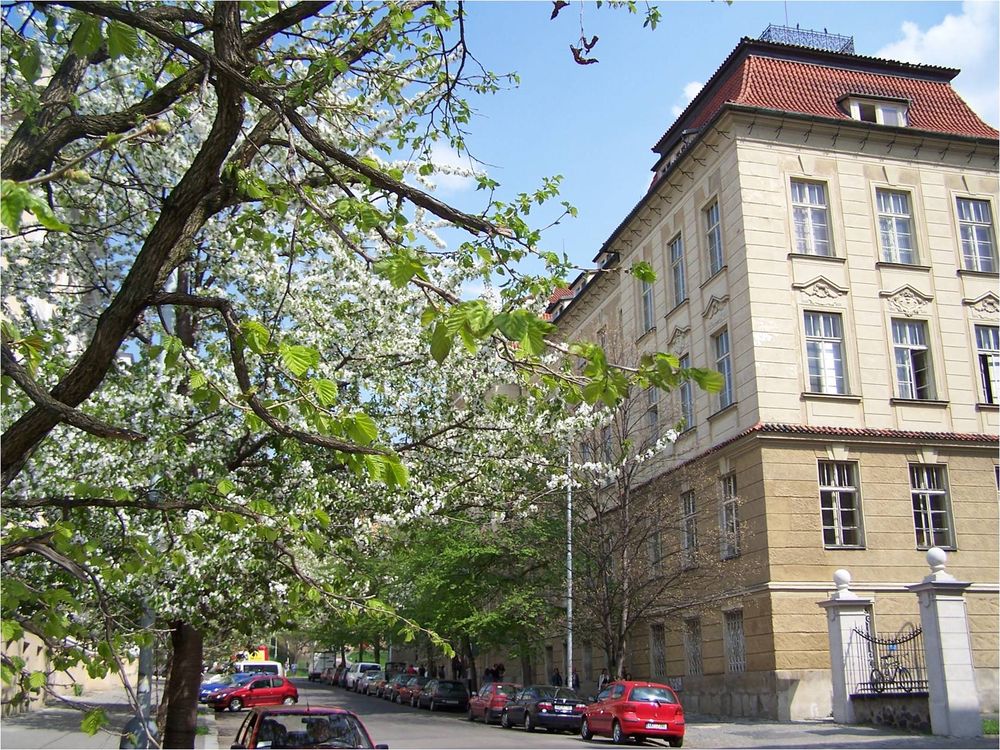
Physical geography has been lectured at the Charles University since 1784 within the scope of the Faculty of Arts. The Department of Physical Geography and Geoecology was established in 1991 as one of the succession departments of the Department of Cartography and Physical Geography (established 1953). Nowadays the Department of Physical Geography and Geoecology is the largest department teaching physical geography in the Czech Republic and provides all levels of tertiary education (Bachelor’s, Master’s, Ph.D.). Teaching and research cover all the main branches of physical geography: Biogeography, Climatology, Geomorphology, Hydrology and Soil science. Five full professors and five associated professors are currently affiliated with the department. The department has active collaboration with numerous institutions worldwide and hosts foreign students within the Erasmus and other programs.
Address and main contacts
Charles University, Faculty of Science
Albertov 6, 128 00 Praha 2, Czechia
|
Head
prof. RNDr. Jakub Langhammer, Ph.D.
Albertov 6, 3NP, room 211C
Albertov 6, 4NP, room 363
|
Deputy head
doc. RNDr. Zbyněk Engel, Ph.D.
Albertov 6, 1PP, room S17A
|
|
Secretary
Romana Rychlíková
Albertov 6, 3NP, room 211B
Secretary
Mgr. Veronika Havelková
Albertov 6, 3NP, room 211B
|
Department administrator
RNDr. Miroslav Šobr, Ph.D.
Hlavova 8, 1PP, room 23
|
PhysGeo department today
Members of the PhysGeo department in 2024
Teaching
-
Bachelor’s programs: Geography and cartography, Physical geography and geoinformatics, Hydrology and hydrogeology, Geosciences
-
Master’s programs: Physical geography and geoecology, Hydrology and hydrogeology, Landscape and the society
-
PhD program: Physical geography and geoecology
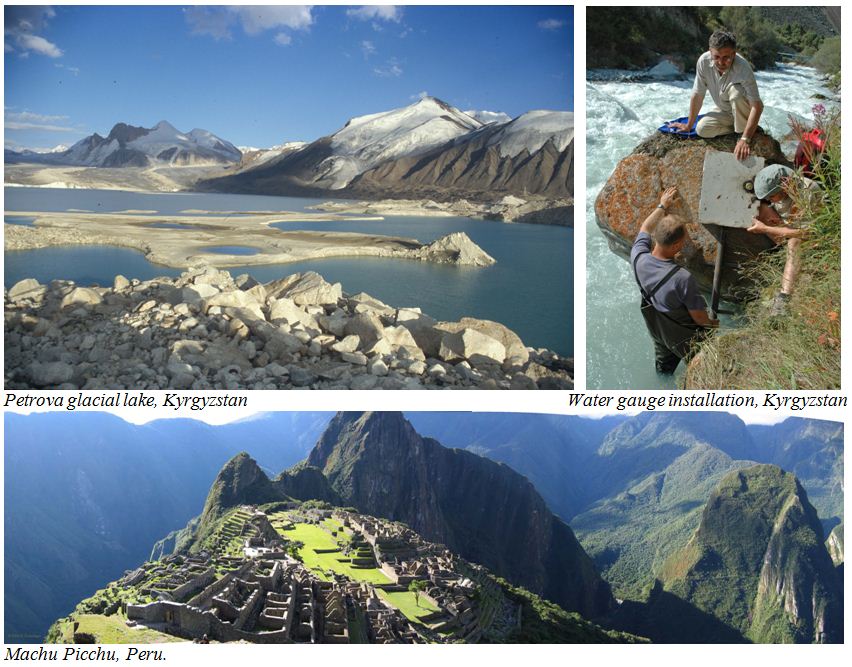
Main research directions
Our research is situated mostly in Central Europe, High mountains (Andes, Tian-Shan, Western Carpathians), High latitude and polar regions (Svalbard, Antarctic peninsula, Scandinavia, Canada):
- Natural hazards: Floods, droughts, storms, mass movements, glacial lake outbursts and their impacts on the landscape and society
- Glacial and periglacial geomorphology, Quaternary science: Deglaciation and its impact on landscape evolution, climate system and biotic migrations
- Hydrology: Landscape changes and rainfall-runoff processes, snow accumulation and snowmelt, water quality
- Climatology: Large-scale circulation patterns, statistical climatology, extreme events
- Landform evolution and palaeoenvironment: Palaeoenvironmental reconstructions, soil erosion and accumulation events, tectonics and landscape evolution
- Advanced technology in geographical research: Applications of unmanned aerial vehicles (UAV), advanced geophysical methods in geomorphology and soil science
- Biogeography and landscape ecology: Response of forest ecosystems to climate change, landscape structure and animal migrations
Research facilities
- Laboratory of physical geography (equipment for sediment and soil analysis)
- Dendrochronological laboratory (fully equipped lab for standard and wood-anatomical methods)
- EcoHydro Lab (basic hydrochemical analyses)
- Monitoring networks of rainfall-runoff and climatologic processes (several catchments in the Czech Republic, Peruvian Andes, Tian-Shan)
- UAV with multiple sensors
- Ground penetrating radar and other geophysical devices
